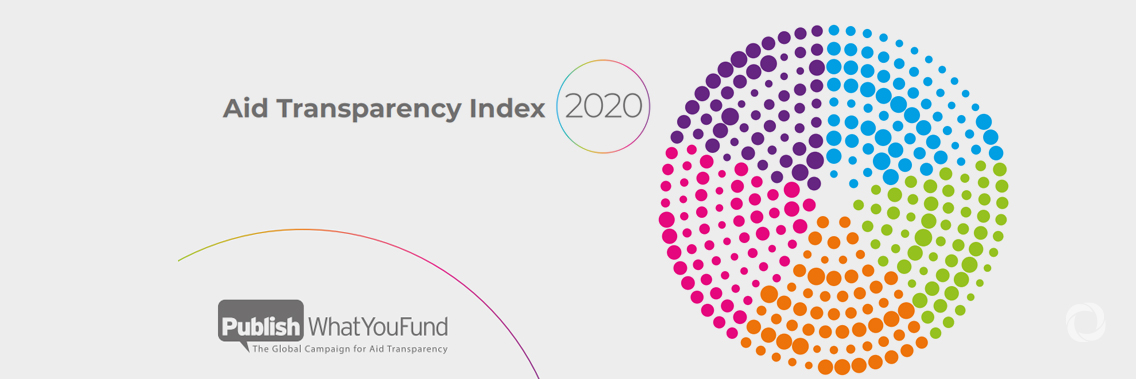The 2020 Aid Transparency Index reveals an improvement in overall transparency among the world’s major aid agencies, but a worrying lack of transparency on the impact of aid projects.
The Index is the only independent measure of aid transparency among the world’s major aid donors. As billions of aid dollars are re-directed to the COVID-19 emergency, it provides a timely reminder of the importance of aid transparency and what can be achieved when it is valued and institutionalised.
Donors are publishing increasingly more, better quality data in the International Aid Transparency Initiative (IATI) Standard. All of the donors, except those in the ‘very poor’ category, are publishing IATI data about their activities and policies, meaning their information is open, timely, comparable and centralised, meeting the international standard for aid transparency. 11 donors are now in the ‘very good’ category, an increase of four from 2018. The number in ‘good’ increased by two, to 15. This means that over half of the 47 assessed donors are now ranked as ‘good’ or ‘very good’.
However, there are persistent gaps in publication of performance data. While more donors are now publishing objectives, only a minority are publishing results of their projects. Fewer still are publishing project reviews and evaluations. Without this information, stakeholders monitoring donor projects have no way to gauge the effectiveness and value of aid spending, assess the impact of projects or to extract learning from successful and unsuccessful projects.
“The transparency of international aid is more important than ever. As large quantities of aid are quickly reallocated to deal with the COVID-19 emergency, the decisions and actions taken should be open to public scrutiny. Aid transparency is a key way to improve the efficiency of resource allocation, coordination of the response, and for donors to learn from one another’s interventions,” said Gary Forster, CEO of Publish What You Fund.
In this context, it is promising to see an increase in the quantity, quality and timeliness of aid data now being shared by a broad cross section of the world’s major aid agencies. The Index provides an illustration of what’s possible when transparency is valued and institutionalised.
“But if we’re going to achieve the Sustainable Development Goals we need to know what difference we’re making, what’s working and what’s not, and frankly, right now, with so few results and evaluations being published it’s just not clear that we know any of this, ” CEO added.
A wide variety of aid donors are included in the 2020 Index. Development finance institutions (DFIs) performed very well, taking four of the top five spots in the Index ranking. However, several of these – including the Asian Development Bank which topped the Index ranking – were only assessed for their sovereign lending portfolios since they did not publish data about their private sector lending.
The Index continues to drive behaviour towards greater transparency and openness among aid donors. The average score increased during the data collection process from 54.4 to 63.4.
Read the 2020 Aid Transparency Index.
Original source: Publish What You Fund
Published on 24 June 2020

